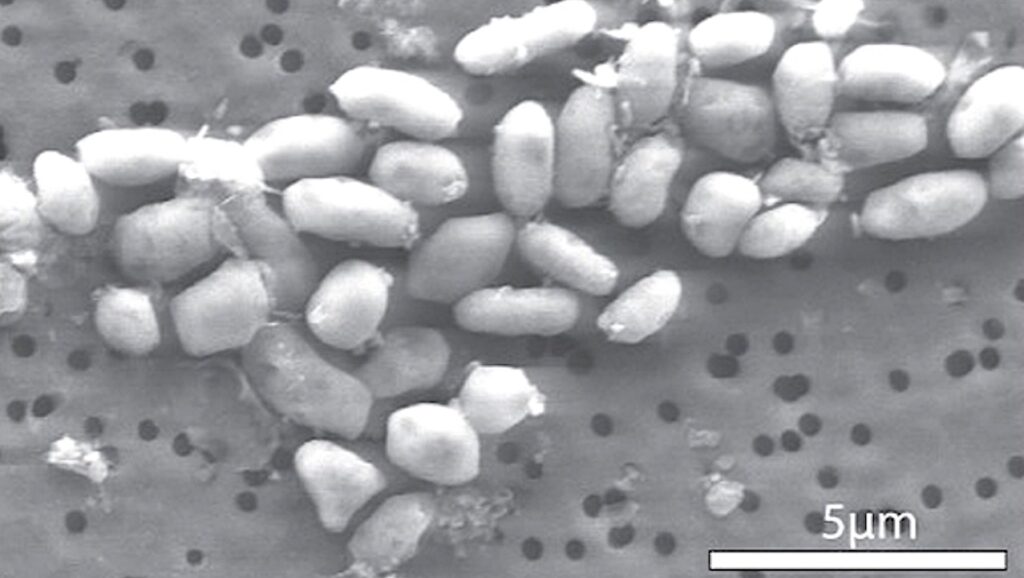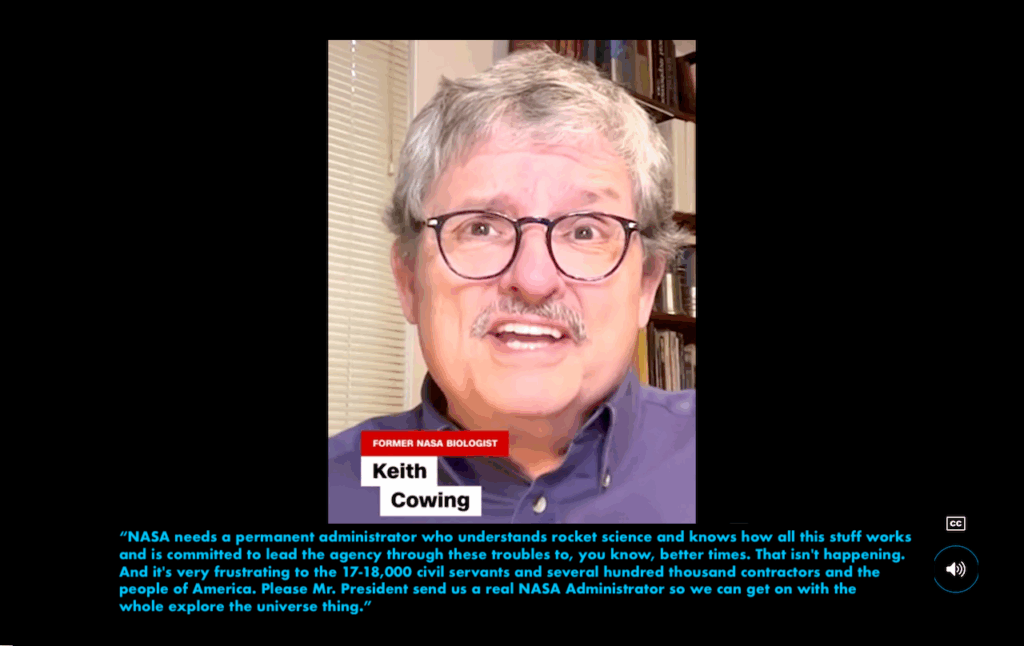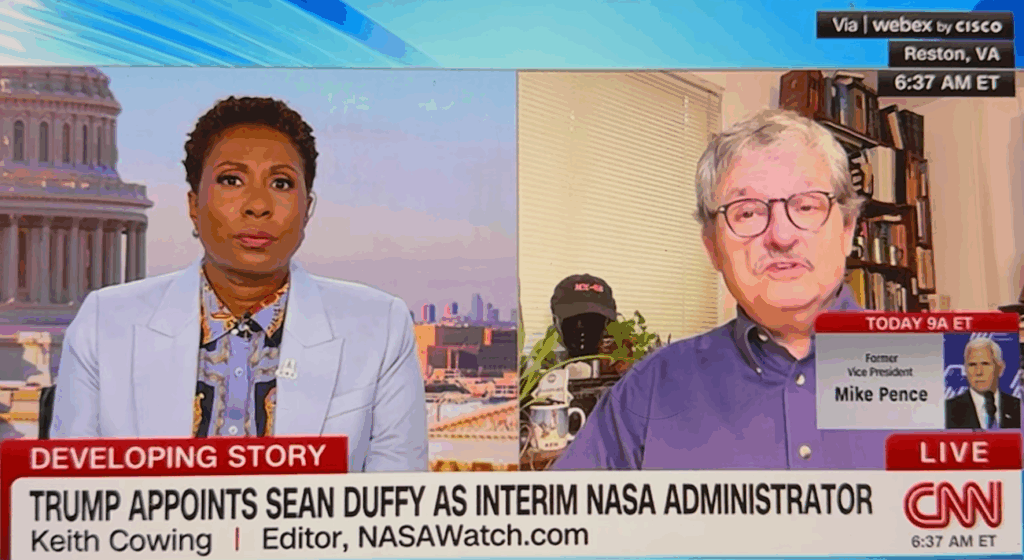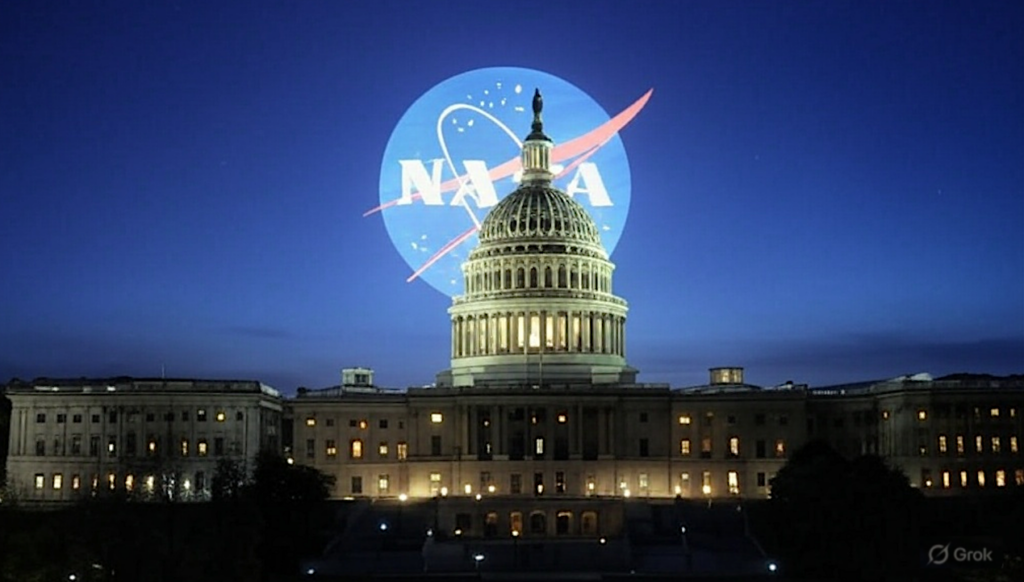NASA's Blatant Hint About Its Own Embargoed Research News (Update)
Did Mars once look more like Earth? Details on fate of Mars’ atmosphere at 2pm ET Thursday: https://t.co/UmqiCqZCkd pic.twitter.com/XfGJknsiPo
— NASA (@NASA) November 5, 2015
NASA Maven Briefing on New Findings on the Fate of Mars’ Atmosphere
“(Science and Geophysical Research Letters embargoed details until 2 p.m. EST Nov. 5) NASA will provide details of key science findings from the agency’s ongoing exploration of Mars during a news briefing at 2 p.m. EST on Thursday, Nov. 5 in the James Webb Auditorium at NASA Headquarters in Washington.”
 Keith’s 4 Nov 11:00 pm note: What a tease. NASA is clearly dropping a hint – to over 13 million people – complete with an illustration – about its own research news – news that is supposedly under embargo – until Thursday at 2 pm EST – news that they have already given to hand-selected news media … why even bother with an embargo?
Keith’s 4 Nov 11:00 pm note: What a tease. NASA is clearly dropping a hint – to over 13 million people – complete with an illustration – about its own research news – news that is supposedly under embargo – until Thursday at 2 pm EST – news that they have already given to hand-selected news media … why even bother with an embargo?
MAVEN Reveals Speed of Solar Wind Stripping Martian Atmosphere
“NASA’s Mars Atmosphere and Volatile Evolution (MAVEN) mission has identified the process that appears to have played a key role in the transition of the Martian climate from an early, warm and wet environment that might have supported surface life to the cold, arid planet Mars is today.”
 Keith’s 5 Nov update: Of course NASA looks the other way when some media (but not others) are given advanced access to NASA mission results and they also openly allow media to interview mission personnel, etc. in advance about these results such that fully written articles appear online 1 minute after the embargo lifts. Meanwhile NASA teases everyone about this news in advance by parting the curtains on the pending news and hyping it via social media. What is the purpose of these embargoes if NASA is just going to play games with access to the embargoed news? And why does it allow a magazine like Science control how taxpayer-funded news is released?
Keith’s 5 Nov update: Of course NASA looks the other way when some media (but not others) are given advanced access to NASA mission results and they also openly allow media to interview mission personnel, etc. in advance about these results such that fully written articles appear online 1 minute after the embargo lifts. Meanwhile NASA teases everyone about this news in advance by parting the curtains on the pending news and hyping it via social media. What is the purpose of these embargoes if NASA is just going to play games with access to the embargoed news? And why does it allow a magazine like Science control how taxpayer-funded news is released?









Cool. Did they nail down the atmospheric loss rate, allowing them to guess the density and composition of Mars’ ancient atmosphere?
No idea. I have not seen the news release.
That’s a good guess, since that’s what MAVEN was meant to find out. I am excited about this announcement 🙂
Me too.
Me too.
The idea is, of course, to drive up interest.
Perhaps NASA felt that as MAVEN is a particles-and-fields mission, its results wouldn’t attract much attention without a hint.
I’m with Keith. This “Cure for cancer? News at 11” act is well past its sell-by date. I understand the need for embargoes like this but this is taking science too far into marketing and PR.
Because it’s researchers want the credibility of being in Science, so Science is able to get away with it. And of course researchers want academic publications in journals like Science so they may get credit for the discovery made with taxpayer dollars, promotion if they are at an university, or a job at one if they leave NASA. So Science benefits as a result. But the result is taxpayers are not only having to pay to see the article in Science for research they already paid for with tax dollars, they are also paying for them to advance their careers outside of government.
Really, there is enough research done at NASA for NASA to have its own online academic journal, or actually journals, blind referred, available to all for free. And it would be justified under NASA’s responsibility to taxpayers to only report in those journals the results of the research done with taxpayers money. Perhaps a member of Congress will author a bill to that effect, banning outside publication of NASA research and limiting it to a new series of NASA journals. It would fit well with the way NACA used to publicize the results of its research in NACA publications that were available to everyone.
God, I hope not. Science, Nature, and a few other top-shelf journals provide an invaluable service. There is no indication that NASA has the personnel to provide a comparable service or that it would be any freer. Additionally, any future involving more Congressional micromanagement of science makes me shudder.
The publications that you mention certainly add prestige. Is that the ‘invaluable service’? Or is there some other value-added activity they add?
This is a serious question from a non-scientist. I always wondered how Science gets away with some of their policies, assuming they added something. But what?
Selectivity, in that they want only significant new scientific discoveries. Although as I note above, they are usually open to publishing NASA’s 90-day reports, plus periodic gatherings of results from major missions.
For Science and Nature:
I think it takes tremendous effort to do what they do for so many different fields. They need to have in-house staff with enough depth to do initial screenings, they cultivate and maintain referees in dozens of fields. The review process is solid and the editorial services are of very high quality. Supplementary material and data are made freely available for those readers wanting to go deeper into a paper.
Each issue usually has a few introductory/explanatory articles on major results in that issue. Authors expert in the field but not affiliated with the research write these for non-specialists. These are very useful to me as I try to keep up with what’s happening outside my specialty. I’ve learned about fields that I didn’t know existed.
As comprehensive journals, Science and Nature look at science, technology, and society more broadly than specialty journals. I’ve found their analyses to be clear-eyed and honest.
This all takes time and money and I don’t know how long they’ll be able to keep it up. Yes, there are journals that exploit the publish or perish mindset. But it is a stretch to think that putting everything out, unreviewed, into the open is a perfect solution.
I’ve been reading those introductory pieces for years and come to appreciate them. Never really thought about what it takes to sort through all the possible papers to publish.
And as a person that depends on an editor I should have seen that. Thanks to Rich and Pub.
You’d think NASA would grow a pair and tell Science and Nature what the rules are – not the other way around.
The AAAS and Science Magazine have been around a lot longer than NASA and serve an international audience in all areas of research. If I see it in Science or Nature, I have high confidence that the work is of high quality and correct. If it winds up otherwise, the editorial boards will see to it that corrections or retractions are issued. NASA will get to Mars before it establishes a journal with comparable integrity, scope, reach, and quality.
The embargo policies make sense to me for a variety of reasons, not the least of which is that it isn’t published until it is published.
I don’t see why NASA would or could throw its weight around just because the American taxpayer funded the research. I don’t expect these front line journals to kowtow to NASA, ESA, the Russian Academy of Sciences, or any funding body.
Actually, I think the reason Science and Nature both have prestigious positions is in large part because they are highly selective in what they publish. That said, Science has long had the pole post for publishing a slew of papers from a mission.
Somebody’s always going to on top and write their own rulebook.
Didn’t we know that the solar wind blew away the Martian atmosphere already?
Now that we know the solar wind speed, do we have enough info to decide if it would be worth it to terraform Mars or not? Will a terraformed mars atmosphere take thousands of year to blow away or not.
Is it possible to create an artificial magnetic field using satellites????
There’s a really big difference between having a theory about how something might work, and having the data to show that that’s actually how it works.
“MAVEN measurements indicate that the solar wind strips away gas at a rate of about 100 grams (equivalent to roughly 1/4 pound) every second.”
http://www.nasa.gov/press-r…
If we could magically teleport to Mars an atmosphere with the same surface pressure as ours, it would last for at least tens of millions of years. It would gradually decrease over time, yes, but we could still have several million years to do with Mars whatever we wanted to, without living in buried habitats and walking around in space suits.
“Is it possible to create an artificial magnetic field using satellites?”
No.
Check this out. Posted on Disqus at Discovery.com. Great website, by the way.
EnigmaMaitreya TR • 3 hours ago
Actually there are two ways to do it now:
Off the shelf: Build a Shield from AeroGel.
In Development: University of Washington has a device that can create an Electromagnetic shield that can exceed Planetary needs. Its primary use is to convert the Solar Wind and CME’s to usable Energy. It has passed all NASA tests and is scheduled to fly to space in 2015 for testing in vacuum and realistic conditions
Aerogel shield the size of Mars?
The University of Washington concept is NOT for a planet, but for a spaceship.
Ok, my backup plan is to start bombarding Mars with asteroids and comets. Won’t help the electromagnetic shield but it ought to help with the gravity and atmosphere. Though I am going to miss all those little cooties lurking just under the surface. Meanwhile, maybe we can invent a larger can of aerogel. 😉
That’s how KSR did it in Green/ Blue Mars. The asteroids, not the cooties.
Check out what I just sent Hug Dug in answer to your question.